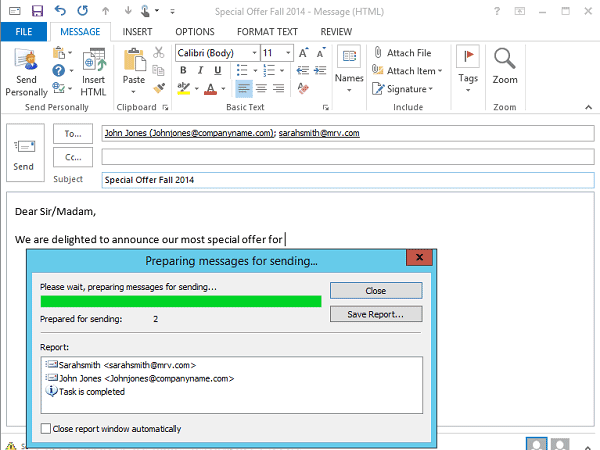

Tip #4 and #5 give you two reasons you might want to do that. When you want to keep recipients hidden from people on the To: line, then you add them to the Bcc line. Most people know when to use the Cc line–you put people there who you need to keep in the loop even though they’re not the primary people you’re sending to. (By default, all sent messages are stored in the Outlook Sent Items folder.)Īll recipients appear in the header section of your message. To do that, go to your Sent Items folder and open the message with Bcc recipients.While others can’t see who’s on the Bcc line of the email you send, you might want to remind yourself who you included.

#OUTLOOK BULK EMAIL HOW TO#
Tip #2: How to see recipients of a Bcc email that you sent Once you add (or remove) Bcc, it stays that way for all email messages.

It’s kind of funny that a software application would use abbreviations that refer to pre-software days.


 0 kommentar(er)
0 kommentar(er)
